Anti-reflective Windows And Soundproofing Features in Zoo Windows [2025]

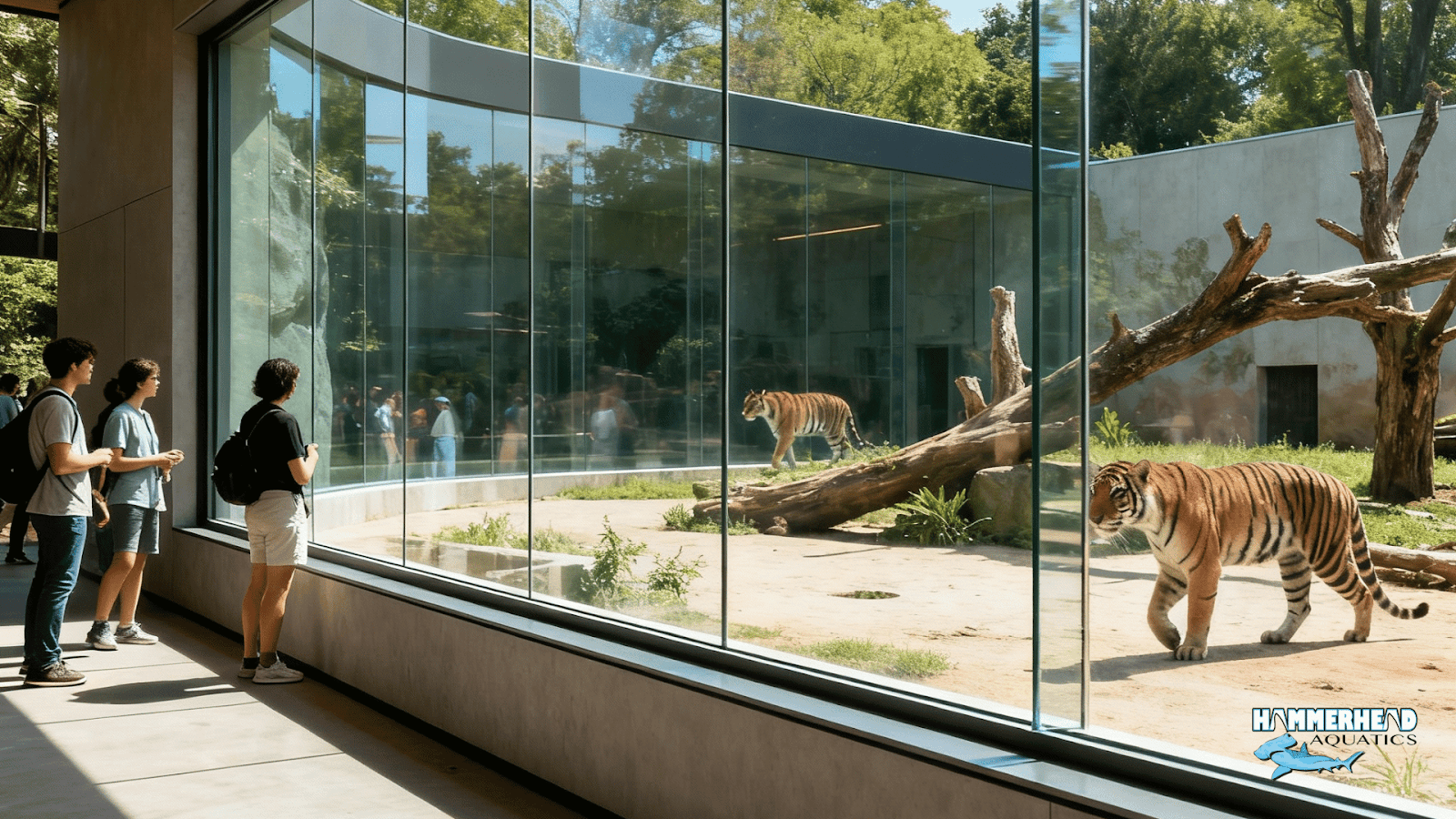
I’ve been designing and building zoo windows for over three decades now, working with architects, wildlife biologists, and glass manufacturers to balance clarity, safety, sound, animal welfare, and the visitor experience.
One thing I repeatedly see: people underestimate how much the quality of the glass, in particular, anti-reflective coatings and soundproofing features, matters in zoo window design. These aren’t “nice to have” features. They’re essential for animal welfare, visitor engagement, and long-term maintenance.
In this article, I’ll walk you through everything I’ve learned about anti-reflective windows, soundproofing glass, and the specific demands and trade-offs when using them in glass zoo windows.
My goal: when you finish reading, you’ll know when to use what, how much it costs, what pitfalls to avoid, and why some zoo windows look and sound better than others.
If your zoo or wildlife facility is planning upgrades (or you’re a fabricator, supplier, or project manager), this will be directly useful.
Let’s begin.
TL;DR - Key Takeaways
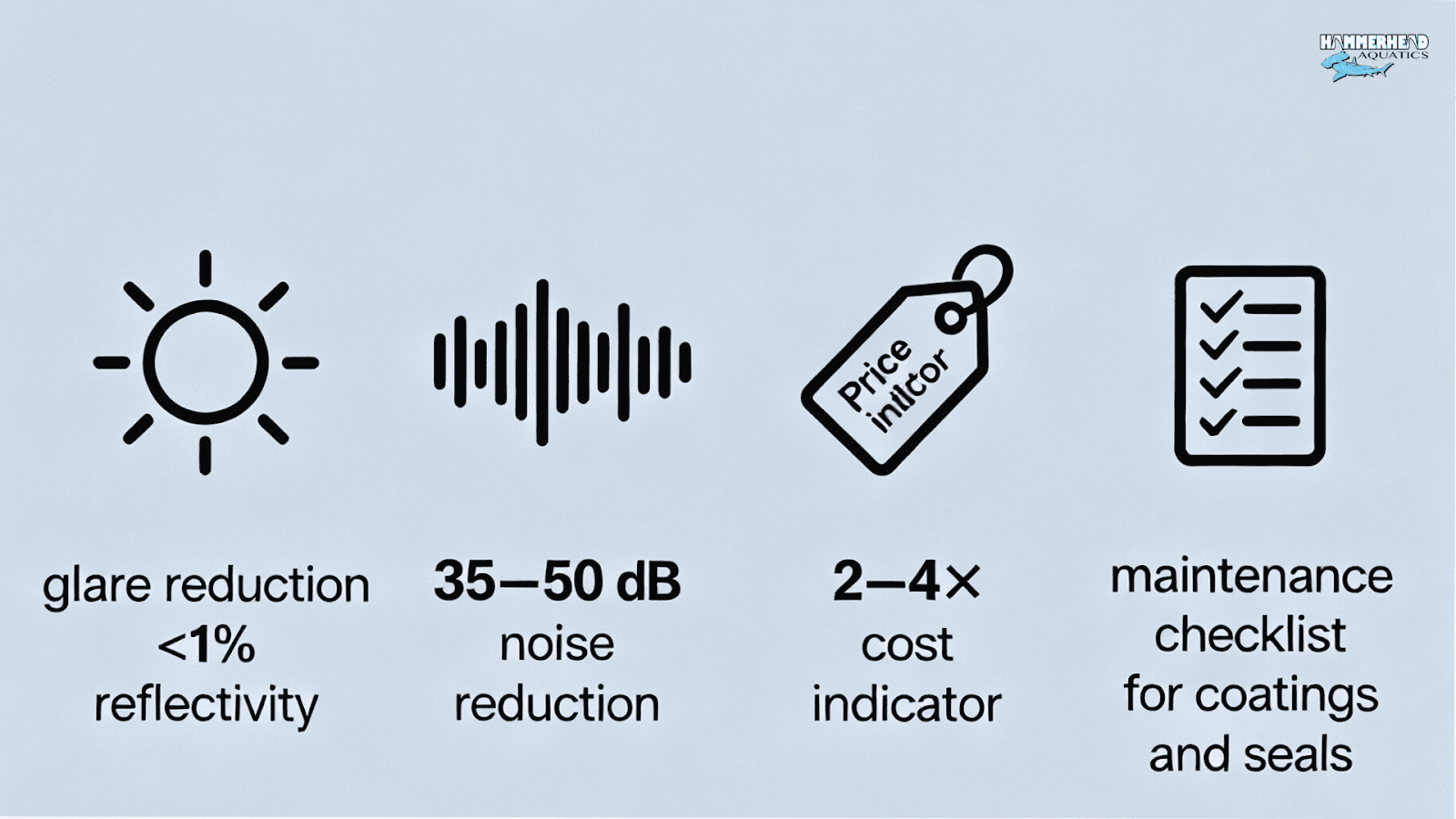
- Anti-reflective (AR) glass for zoo windows drastically reduces stress for animals and glare for visitors; typical reflectivity drops from ~8% to <1%.
- Soundproofing glass (laminated, acoustic interlayers) reduces external noise by 35-50 dB depending on thickness and configuration, benefiting both animals and visitors.
- Costs are significantly higher for AR + soundproof zoo windows than standard glazing, expecting 2×–4×, especially for large panes, thick laminates, or curved/bent glass.
- Maintenance is critical. AR coatings degrade if scratched or cleaned improperly; acoustic seals can fail; UV, moisture, and animal behavior must be considered in design.
- Choosing the right supplier / fabricator that has experience with glass zoo windows and meets safety & welfare standards (ASTM, ISO, local zoo regulatory standards) is non-negotiable.
- If you’re ready to upgrade or build new zoo windows with top-tier anti-reflective + soundproof glass, modeling your project on companies who specialize in zoo window design (such as Hammerhead Pools) ensures you get peace of mind, performance, and long glowing reviews from visitors.
Now let’s get into the details.
What Does “Anti-reflective” & “Soundproofing” Glass Truly Mean in Zoo Windows
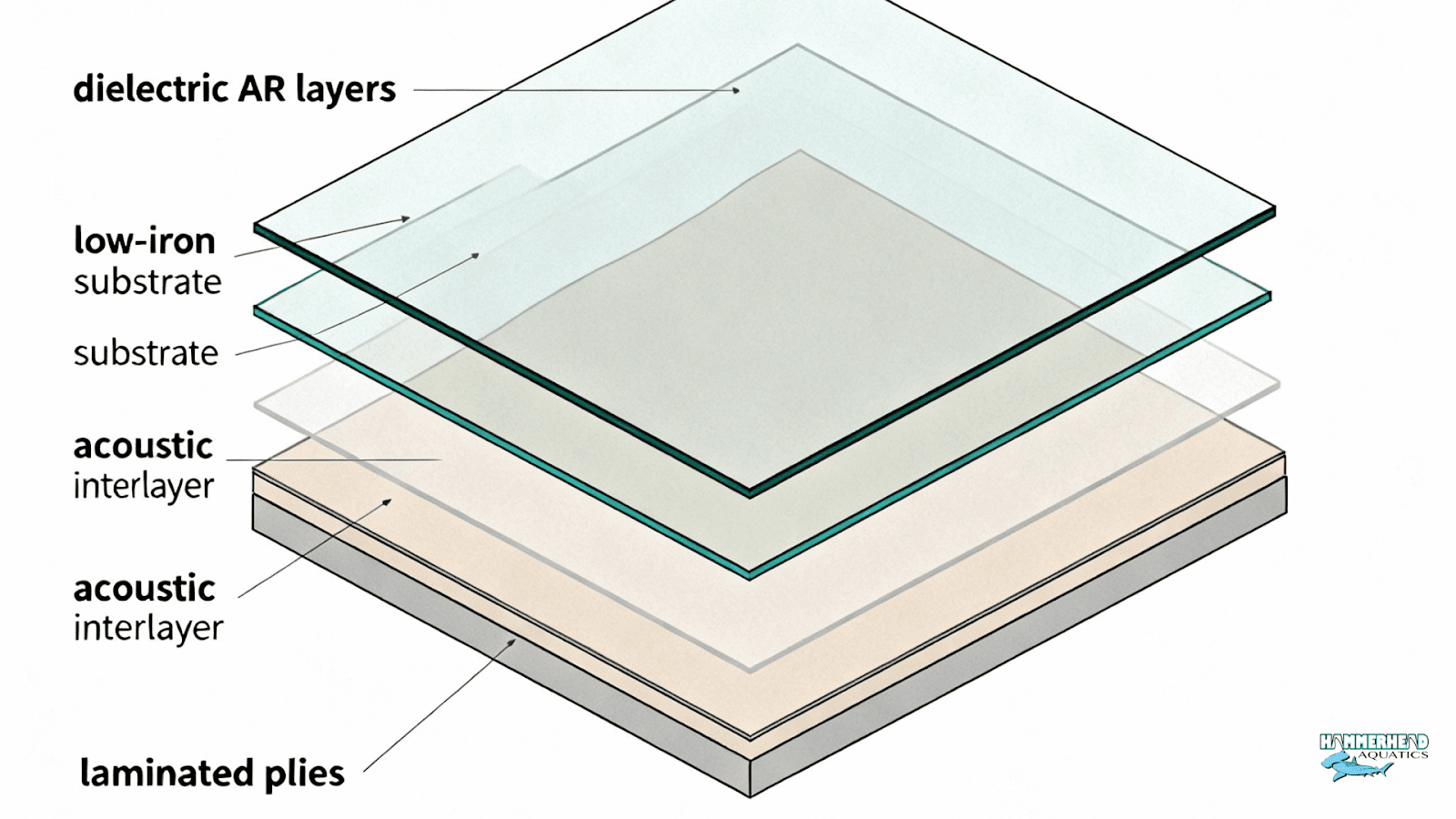
Let’s look into each of them in case you are only starting out with research.
Anti-reflective Windows / Coatings
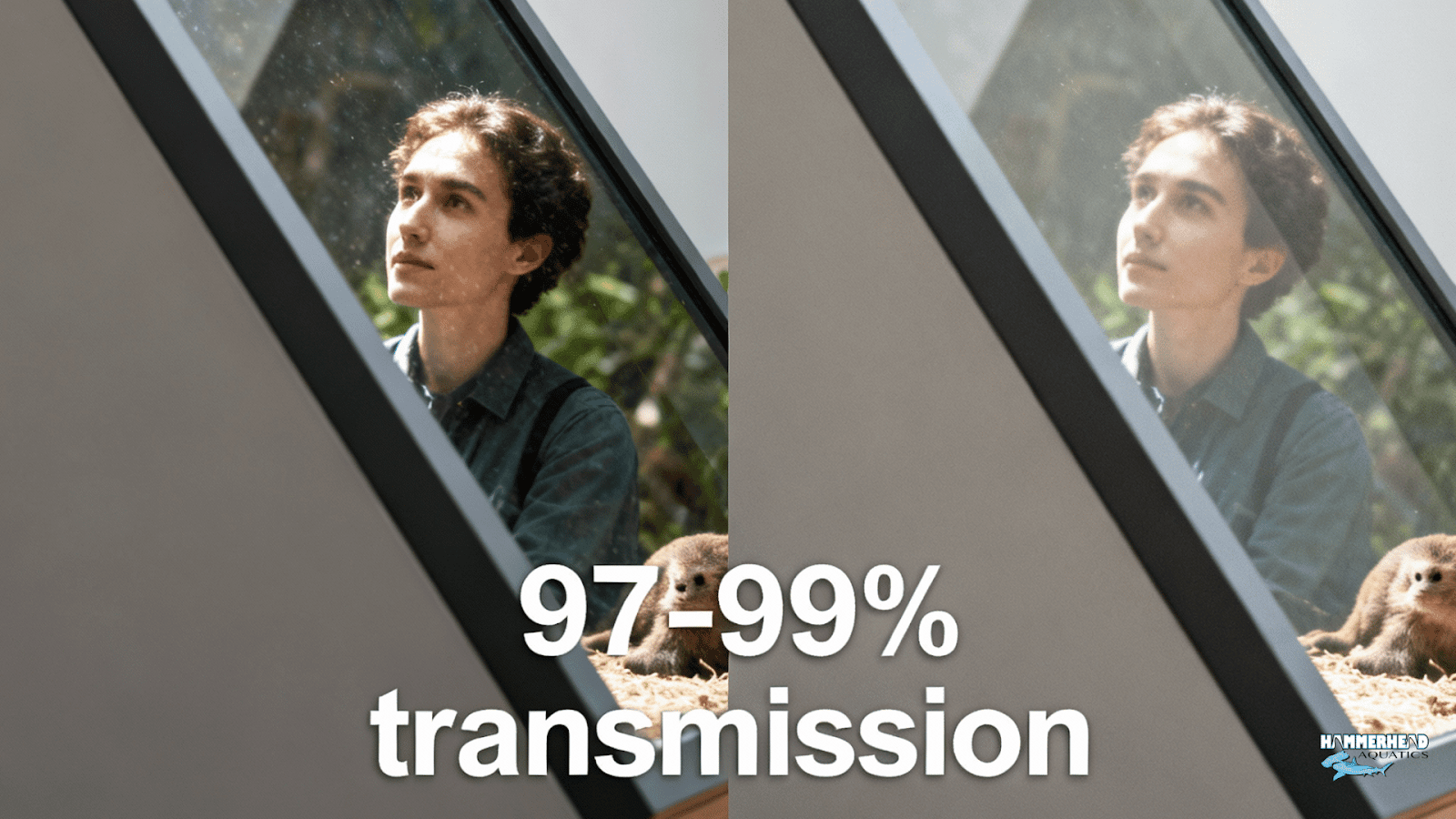
AR glass uses optical coatings, often multiple dielectric (non-metal) interference layers, applied to one or both surfaces of low-iron or extra-clear float glass. These coatings reduce surface reflections by manipulating the way light waves reflect (destructive interference).
Typical transmissivity can reach 97-99% and reflectivity can drop well below 1% (as per Two Way Mirrors).
Alternatives / Variants
AR on both sides vs one side, low-iron substrates (clearer baseline glass), extra coating durability, UV filtering, anti-scratch or hardened coatings. Pilkington’s OptiView™ and Optiwhite™ lines are good examples. (Ref: pilkington.com)
Soundproofing / Acoustic Glass Features
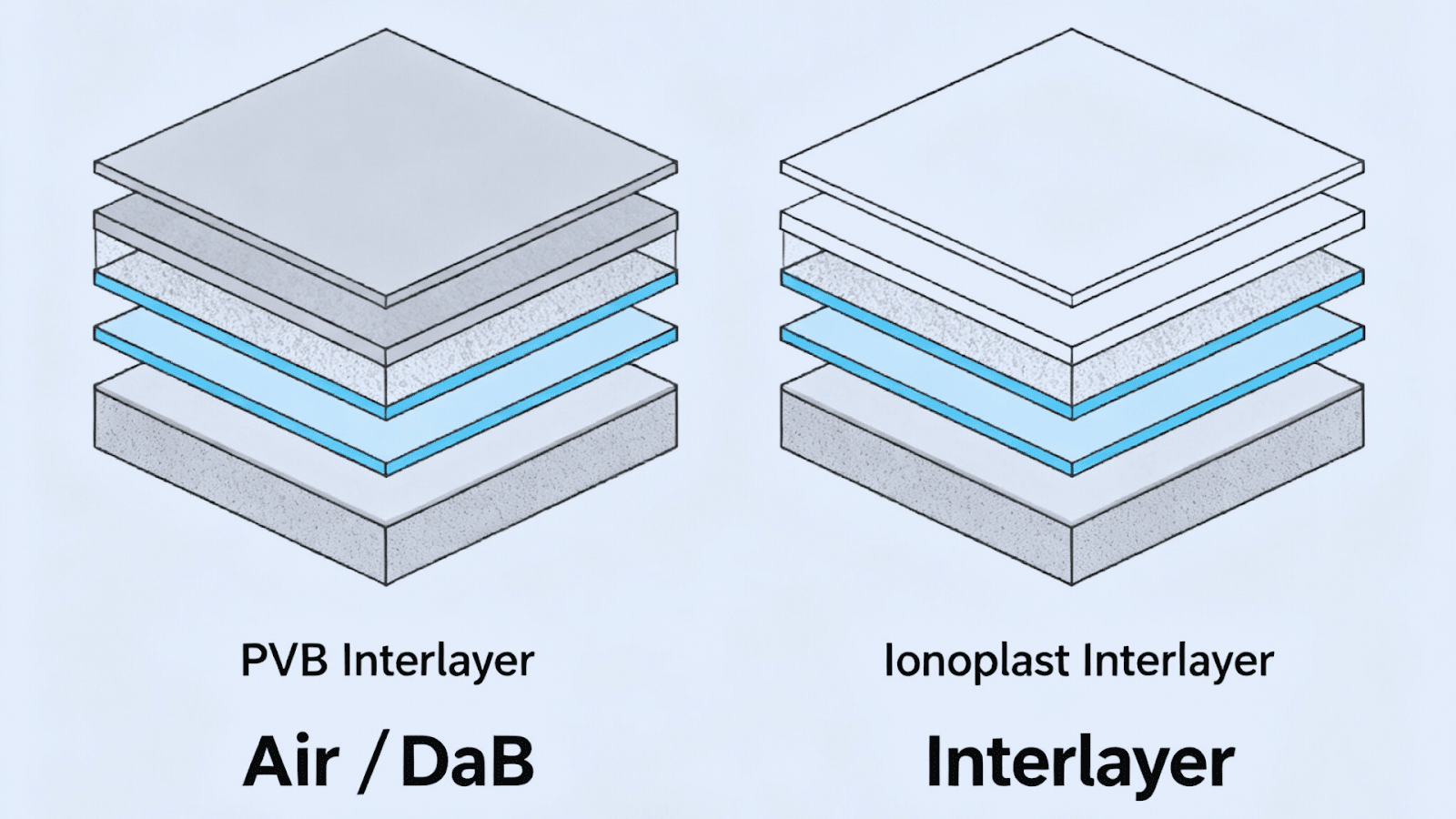
Laminated glass with acoustic interlayers (special PVB, ionoplast, etc.), possibly double or triple glazing with air/gas gaps, sound dampening seals around frames. The aim is to reduce sound transmission from visitor crowds, traffic, maintenance work, etc., into the enclosure, as well as containing animal noise where appropriate.
Depending on thickness, number of layers, interlayer material, you can see Sound Transmission Class (STC) ratings or dB reductions in the 35-50 dB range for panels in zoo applications. IQ Projects UK data suggests acoustic interlayers can reduce noise “from visitors … by 35dB to 49dB depending on exact glass spec.” (Ref: IQ Projects UK)
Why Zoo Windows Need These Features & When They’re Most Important
Zoo environments are unique. Here are the critical variables that determine when anti-reflective windows and soundproofing are essential (or sometimes optional):
- Animal Sight Sensitivity and Reaction to Reflections
- Some species such as apes, big cats, birds of prey, and aquatic mammals perceive reflections or human silhouettes as threats, which alters their behavior.
- Anti-reflective (AR) glass reduces this visual stress significantly.
- Priority is highest in enclosures with reflective surfaces or where visitors are very close to the animals, especially species prone to stress, hiding, or aggression.
- Noise Sensitivity
- Loud visitor noise, machinery sounds, and nearby traffic can stress animals, leading to abnormal behaviors like reduced feeding or hiding.
- Soundproofing is particularly critical near roads, helicopter routes, overhead walkways, and for nocturnal or aquatic species sensitive to noise during nighttime.
- Size of Viewing Pane and Angle of Incidence
- Larger panes and wide viewing angles increase the chances of glare and reflection.
- Panoramic windows, underwater viewing panels, tunnel windows, and large immersion tanks especially benefit from AR and soundproofing features.
- Climate, Humidity, and UV Exposure
- Humid or tropical climates accelerate corrosion or damage to coatings, while strong UV exposure causes damage and glare.
- These features are most important in tropical zoos, domes, aquariums, or regions with intense sunlight.
- Budget and Maintenance Capacity
- High-end AR and soundproof glass costs significantly more and requires specialized cleaning, inspections, and edge sealing maintenance.
- These features are justified when the budget allows and long-term cost-benefit is a priority.
- Lower-budget facilities or phased upgrade plans might opt for less aggressive specifications or alternative glare mitigation strategies.
Specs, Standard Guidelines, Cost Considerations
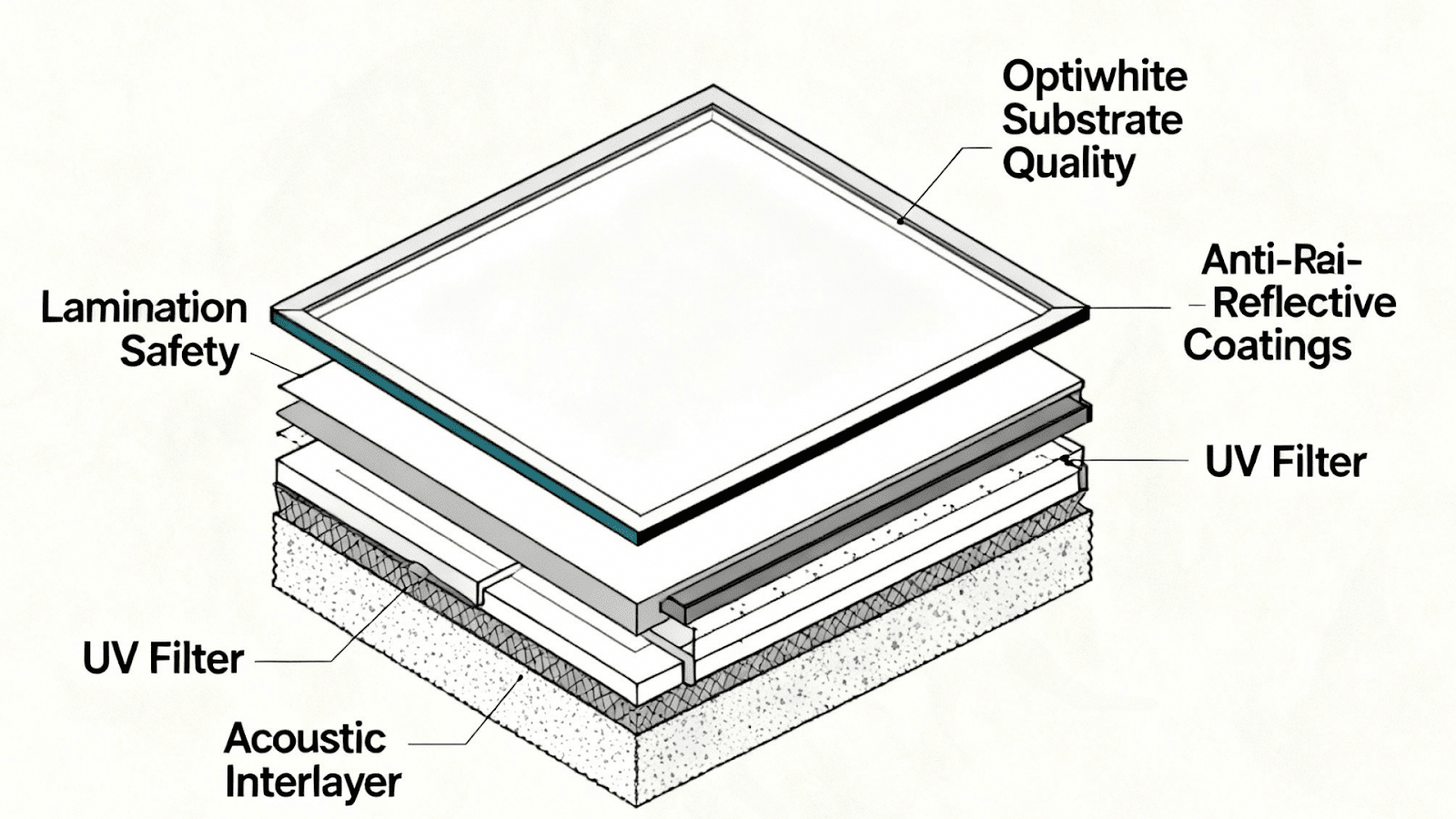
From my experience and published sources (manufacturers, glass spec teams, zoo architects), here are typical specs and cost trade-offs.
Glass Spec Components
- Substrate quality
- Low-iron or extra-clear float glass to avoid green tint. Pilkington Optiwhite™ is one example.
- Thickness based on animal strength and size plus impact expectations. IQ Projects UK gives sample thicknesses: small monkeys, big cats, apes, etc.
- Low-iron or extra-clear float glass to avoid green tint. Pilkington Optiwhite™ is one example.
- Lamination & Safety Layers
- Laminated glass (with PVB or ionoplast interlayer) so that if broken, shards stay adhered or the glass stays intact.
- Safety codes often require certain breakage patterns and retention of integrity to protect both animals and humans.
- Laminated glass (with PVB or ionoplast interlayer) so that if broken, shards stay adhered or the glass stays intact.
- Coatings
- Anti-reflective coatings (single or double-sided) for glare reduction.
- UV filtering/coating to block harmful UV rays (UV rays can harm animals, fade colors, and degrade materials). Pilkington’s Endurance™ is an example of durable anti-corrosion / anti-dulling coating in humid/tropical zoo environments.
- Anti-reflective coatings (single or double-sided) for glare reduction.
- Acoustic Interlayers / Double Glazing
- A separated laminate or specialized PVB inside laminated panels to absorb sound vibrations.
- Frame design (sealing edges, glazing beads) matters because even perfect glass can leak sound through bad frames or joints. IQ Projects UK mentions reductions in visitor noise.
- A separated laminate or specialized PVB inside laminated panels to absorb sound vibrations.
- Size, Shape & Mounting
- Large panels, curves, bent glass cost more, have more constraints.
- Large panels, curves, bent glass cost more, have more constraints.
Edge treatments (polished, sealed) to protect coatings and interlayers. Tempering or heat treatment may also be required for safety.
Cost Factors & Ballparks

As of 2025, from supplier quotes, previous zoo projects, and manufacturers:
- Substrate Quality
- Low-iron or extra-clear float glass avoids the green tint typical of standard glass.
- Examples include Pilkington Optiwhite.
- Costs increase approximately 20-40% relative to standard float glass.
- Anti-reflective Coatings
- Single-side AR coating adds about 30-50% cost depending on glass size.
- Double-sided AR coating combined with UV durability and anti-scratch layers increases cost by 50-100%.
- Lamination and Safety Layers
- Thick laminated panels for large or strong animals (big cats, bears) can add 80-200% more cost depending on size and thickness.
- Laminated safety glass includes PVB or ionoplast interlayers designed to keep shards intact upon breakage, adhering to safety codes.
- Soundproofing / Acoustic Interlayers
- Acoustic lamination with specialized interlayers reduces noise substantially.
- Additional cost ranges from 50-150% depending on the sound transmission class (STC) rating and quality of frame sealing.
- Panel Size, Shape, and Fabrication Complexity
- Large-sized, curved, bent, or custom-shaped panels require specialty fabrication and handling.
- These specialty processes can increase costs by 100-300%.
- Combined Effects
- Combining AR coatings, soundproofing layers, thick laminates, and specialty shapes for large zoo windows (e.g., panoramic tiger enclosure panes) can push glazing costs to 3-4 times that of simple tempered clear glass.
- Budget Considerations
- Small enclosures with low-stress animals and distant visitor viewing may prioritize less aggressive specs.
- Zoos with tight budgets may start with simpler coatings or shading solutions, phasing upgrades over time.
- Indoor or less sunny locations could require less intensive AR treatments due to controlled lighting.
So combining AR + soundproof in a large installation (say a panoramic pane for tiger enclosure) can drive your glazing cost 3-4× what simple tempered clear glass would be.
When It Might Be Overkill
- Small enclosures for low-stress animals, where visitor viewing is at some distance, and lighting is controlled.
- Zoos with tight budgets and plans to phase upgrades. Sometimes simpler anti-glare coatings or using structural shading can mitigate reflection without full AR.
- In less bright climates, or indoor viewing where artificial lighting is carefully controlled.
Installation & Maintenance Challenges & Best Practices
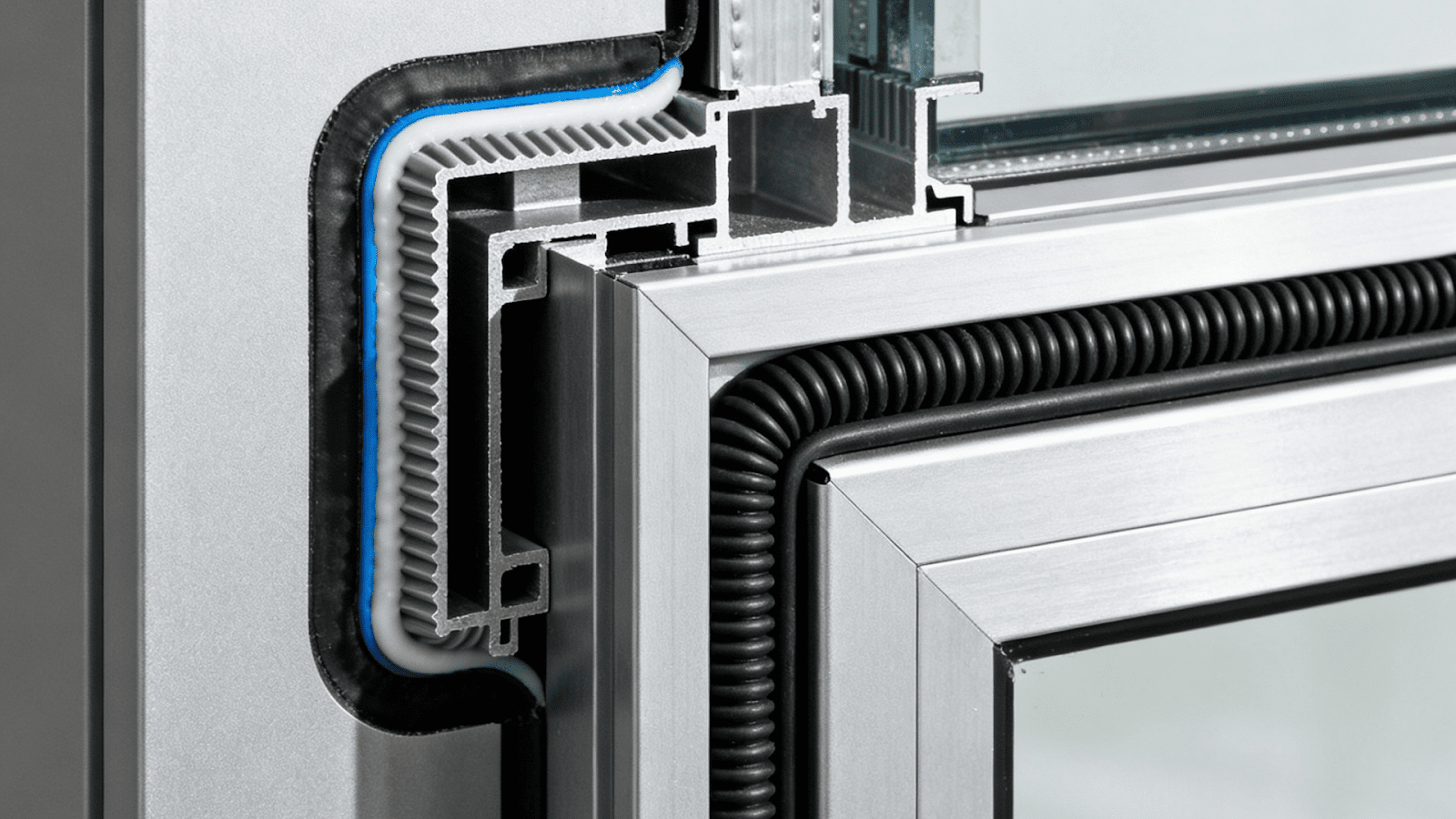
From 30+ years of installing zoo windows, I’ve seen certain pitfalls repeat. If you don’t plan for these, your expensive AR + soundproof zoo windows will fail in function, clarity, or welfare impact.
Installation Best Practices
- Edge sealing and frame compatibility
Coatings (especially AR) can degrade from moisture ingress at edges; frames must allow for drainage, thermal expansion, and minimal shading of edges. - Panel support & deflection control
Large glass panes deflect under their own weight and under wind loads; deflection can stress coatings or cause micro-cracks. Use proper mullions, bracing, or support clamps. - Curved / bent glass management
Pre-bending/hot bending is expensive; coatings must be applied in a way that accommodates curvature without cracking.
Acoustic sealingAcoustic interlayers are just part of the noise reduction; seals between glass and frame, gaskets, and interface with wall/surroundings matter. Even small leaks will degrade STC dramatically.
Maintenance & Longevity
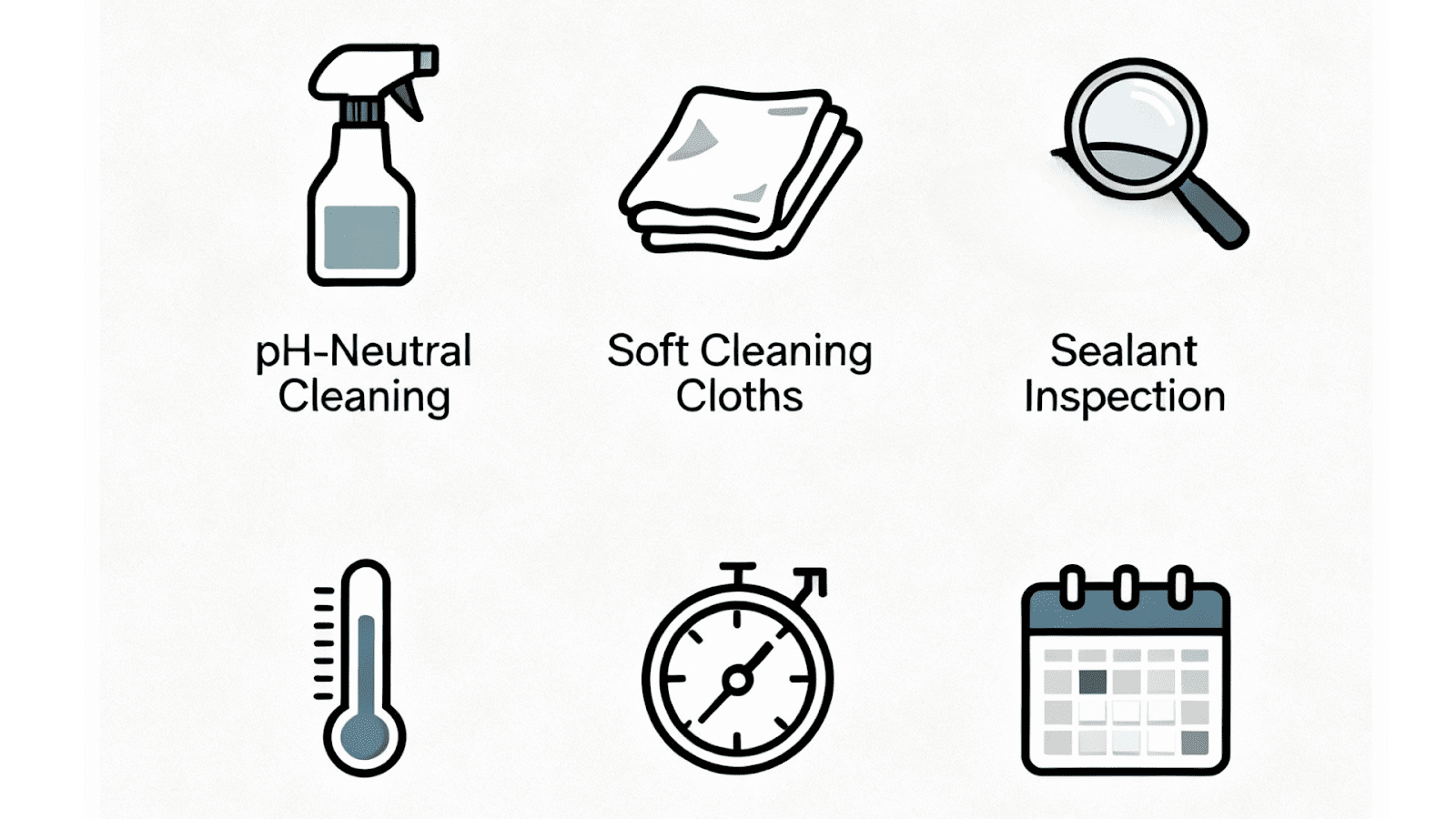
- Cleaning protocols
Use non-abrasive, pH-neutral cleaners. Avoid harsh chemicals or rough brushes on AR coatings. Frequent cleaning reduces build-up so that coatings are not permanently scratched. - Inspection of sealants & interlayers
UV, moisture, temperature cycling can degrade interlayers or adhesives. In humid environments, varnish or corrosion of frames can stain or damage glass. - Replacement planning
Even high-quality AR coatings have finite lifetimes; plan for occasional refurbishing or replacement. Also plan for replacing acoustic layers if delamination occurs. - Environmental monitoring
Track UV exposure, humidity, animal behavior (do animals hit the glass, scratch it, etc.), visitor traffic. These feed into wear and tear forecasts.
Case Studies & Forum & Field Insights
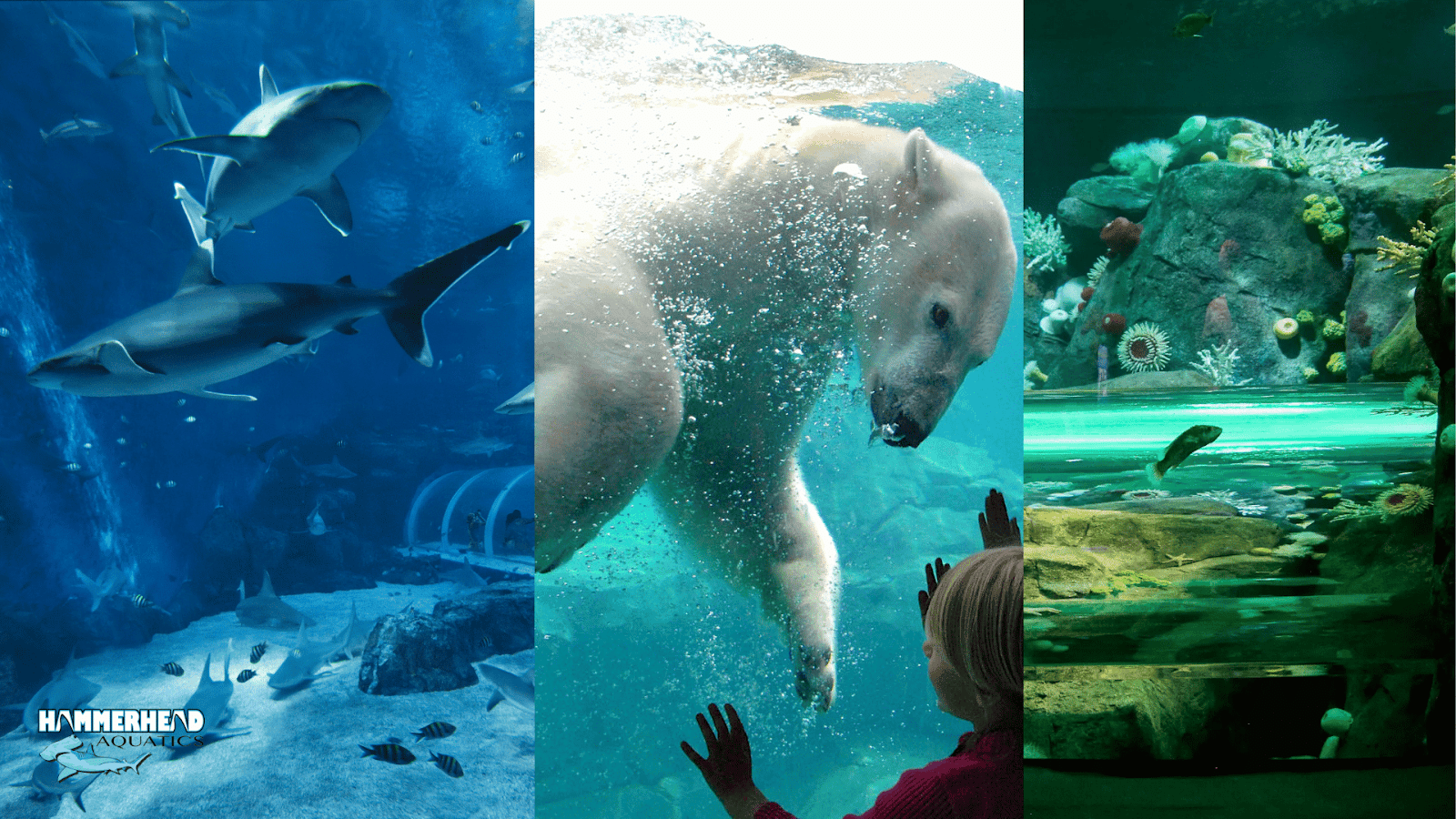
While I shared a lot of my own knowledge, I decided, for this topic, I would collect some additional data from other experts as well.
Manufacturer & Supplier Data
- Pilkington’s “Zoo and Aquariums” product line (OptiView™, Optiwhite™, Endurance™) is explicitly designed for high clarity, high thickness, laminated safety, and even in humid/wet environments. (Ref: pilkington.com)
- IQ Projects UK has published detailed guidelines on specifying glass for animal parks, giving sample thicknesses and interlayer specs depending on animal type. (Ref: IQ Projects UK)
- Dellner Glass Solutions (UK) has worked on major zoo enclosures (e.g. Land of the Lions at ZSL London Zoo) using vast expanses of anti-reflective glass, along with acoustic glazing, and tailored to the species. (Ref: Dellner Glass Solutions)
Insights From Zoo Windows Discussions / Forums
- Several zookeepers in forums note that animals (especially primates, big cats) sometimes avoid glass walls because they perceive reflections as other animals or threats; AR glass improves “open behavior” (climbing, moving closer to glass) and reduces hiding.
- Visitors regularly complain about glare and reflections, especially during morning and late afternoon light; AR glass reduces this complaint significantly.
- On sound, many zoo visitors (and staff) underestimate how much external noise (traffic, crowds) penetrates viewing windows; in some enclosures, soundproofing has improved not only animal welfare (less stress) but also visitor dwell time (people stay longer when viewing is peaceful).
Final Thoughts
Anti-reflective windows and soundproofing features are no longer luxuries. They’re essential components in modern zoo window design. Balancing clarity, safety, animal welfare, maintenance, and cost is complex, but with the right specs and partners, the payoff is huge: happier animals, more satisfied visitors, fewer glare complaints, better long-term durability.
Expert Zoo Window Design & Installation
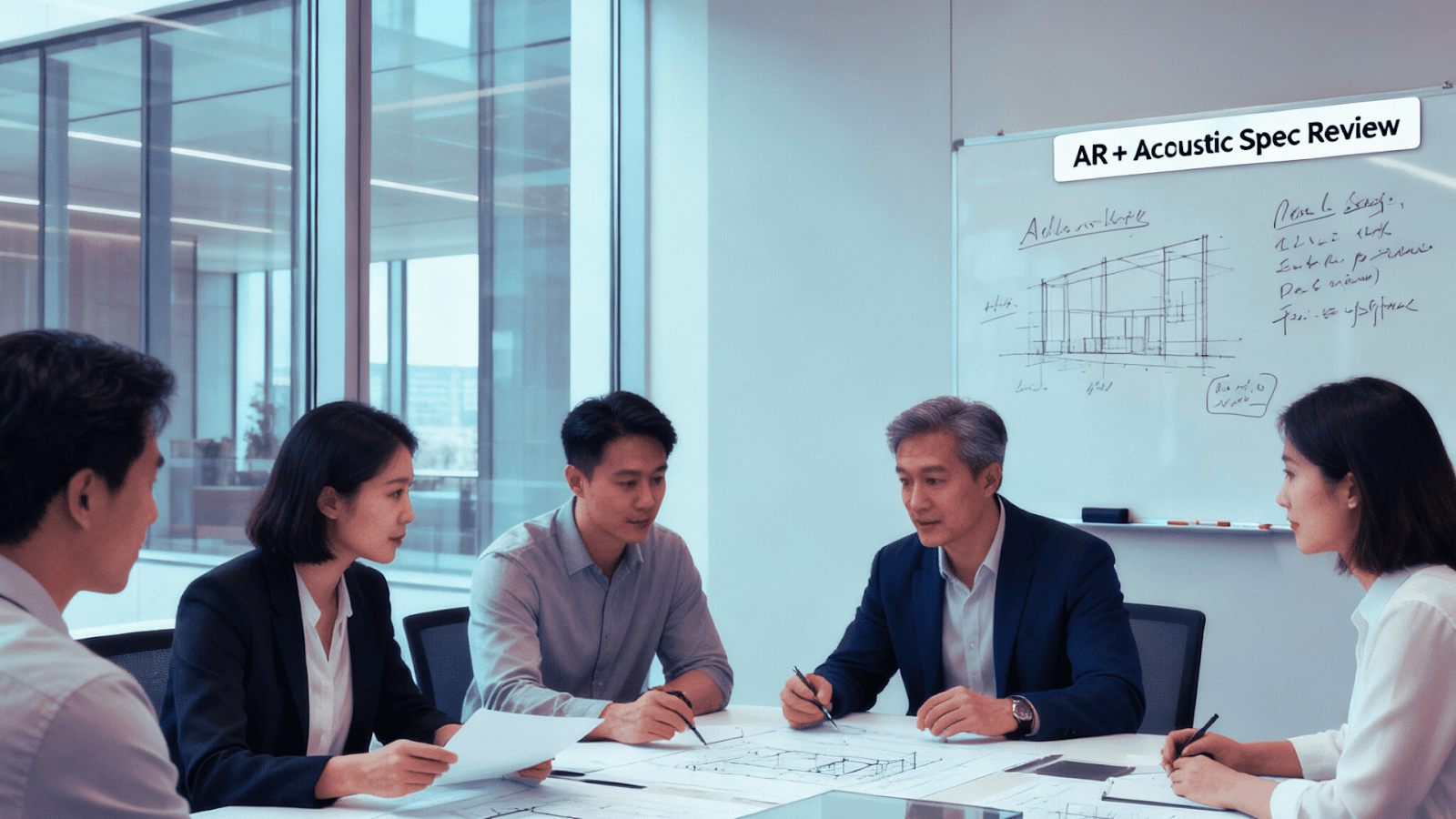
If you’re considering upgrading your zoo’s glass enclosures, or building new ones, and want the best possible anti-reflective windows, soundproof glass, and all the specialist features, you may consider working with my team at Hammerhead Pools. We specialize in glass zoo windows that meet safety standards, reduce reflections, improve viewer experience, lower noise, and stand the test of time. Contact us for a free quote.
And if you have any questions about the details explained in this article, you may leave a comment below. I’ll try to answer with high accuracy.
FAQs
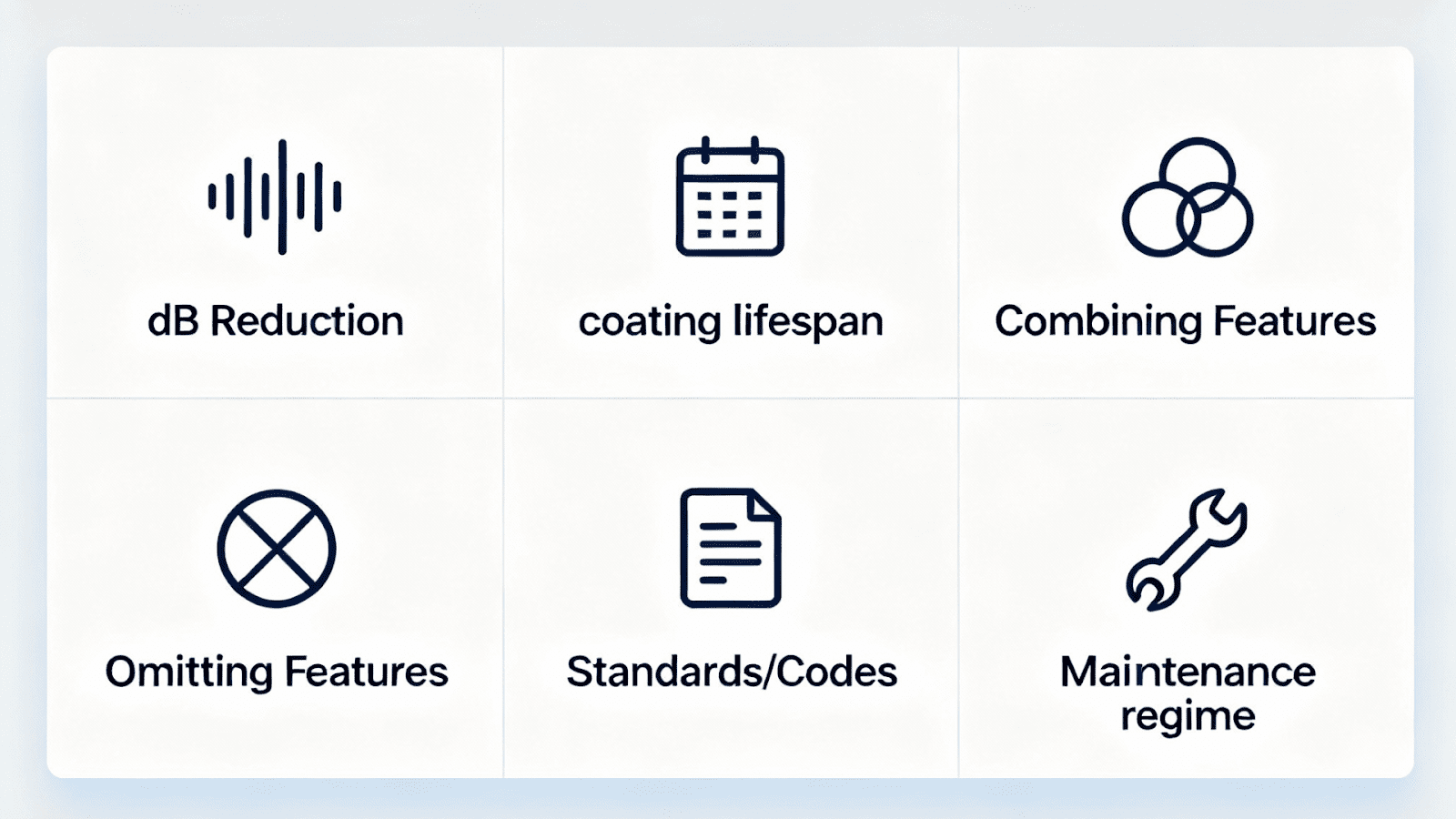
1. How much noise reduction can I expect from acoustic zoo window glass?
In my experience, acoustic laminated glass with a properly sealed frame can reduce external noise by 35-50 dB depending on thickness, interlayer type, and size of the panel. For example, double laminated 3-ply glass with an ionoplast interlayer can achieve STC ratings around 45-50 in moderate panel sizes. But note: large panels lose performance if frame or mounting are not done with tight tolerances.
2. How long does anti-reflective coating last in zoo environments, especially with animal contact and cleaning?
With good quality AR coatings and proper protection (soft edges, no abrasive cleaners, minimal direct contact), coatings can last 10-15 years or more. In high-abrasion areas (where animals touch, scratch, filmmakers lean, etc.), expect wear sooner. Coating life also depends on climate (humidity, UV exposure) and how much cleaning is required.
3. Can you combine AR + soundproofing + safety features (e.g. impact resistance, large size, curved glass)? At what trade-offs?
Yes, but cost and engineering complexity rise. Combining AR, thick laminates for impact resistance, curved/bent panels, and acoustic interlayers means you need custom fabrication, reinforced framing, possibly oversized transport and handling, and careful quality control. Trade-offs often include increased cost (sometimes 3-4× standard glazing), longer lead times, and more difficult maintenance.
4. Is it ever acceptable to omit AR or acoustic features to save cost? What are minimal acceptable alternatives?
Yes, in lower-priority zones or for less sensitive species, or where lighting & visitor distances reduce glare. Minimal alternatives can include using standard tempered or laminated safety glass with partial AR-film or coating, using architectural shading, orienting glass away from direct sun, or using double glazing with thicker glass even without special AR coating. Also designing viewing times (avoid mid-day glare) helps.
5. What standards / safety codes should one check when specifying zoo glass windows?
Some common ones: ASTM standards for impact safety, laminated glass (ASTM C1172, etc.), ISO standards for museum & display glazing, local building codes (wind load, impact resistance), zoo or wildlife authority requirements for animal welfare (for example, some require certain minimum thickness or safety retention in case of breakage), and optimally tests for UV stability and acoustic performance. Also check that the supplier can provide test certificates for each pane.
6. What maintenance regime ensures the best lifespan for high-end zoo windows with AR + acoustic features?
- Clean with soft cloths, pH-neutral detergent, and avoid abrasive pads.
- Rinse off dust/grit before wiping to avoid scratching.
- Regular visual inspections for edge degradation, seal failures, any delamination.
- Monitor visitor usage patterns (do they bang, lean, scratch). Possibly install protective barriers in high-contact zones.
- Have a schedule for partial replacement or refurbishment every decade or as needed.
If you want help designing zoo windows for your facility that maximize clarity, reduce noise, improve animal welfare, and stay strong over decades, I’m happy to share more specific checklists or do a cost-spec audit with your plans.
Upgrading or installing zoo windows with top-tier anti-reflective and soundproofing glass features is a strategic investment in animal welfare and visitor experience. Choose suppliers and fabricators with proven expertise in zoo glazing standards and maintenance protocols, like Hammerhead Pools, to ensure proper installation and long-term performance. Prioritize maintenance routines that protect coatings and acoustic seals, and plan for periodic inspections and refurbishing. This commitment not only guarantees crystal-clear views and reduced noise but also supports the well-being of animals and builds lasting positive impressions for visitors.











